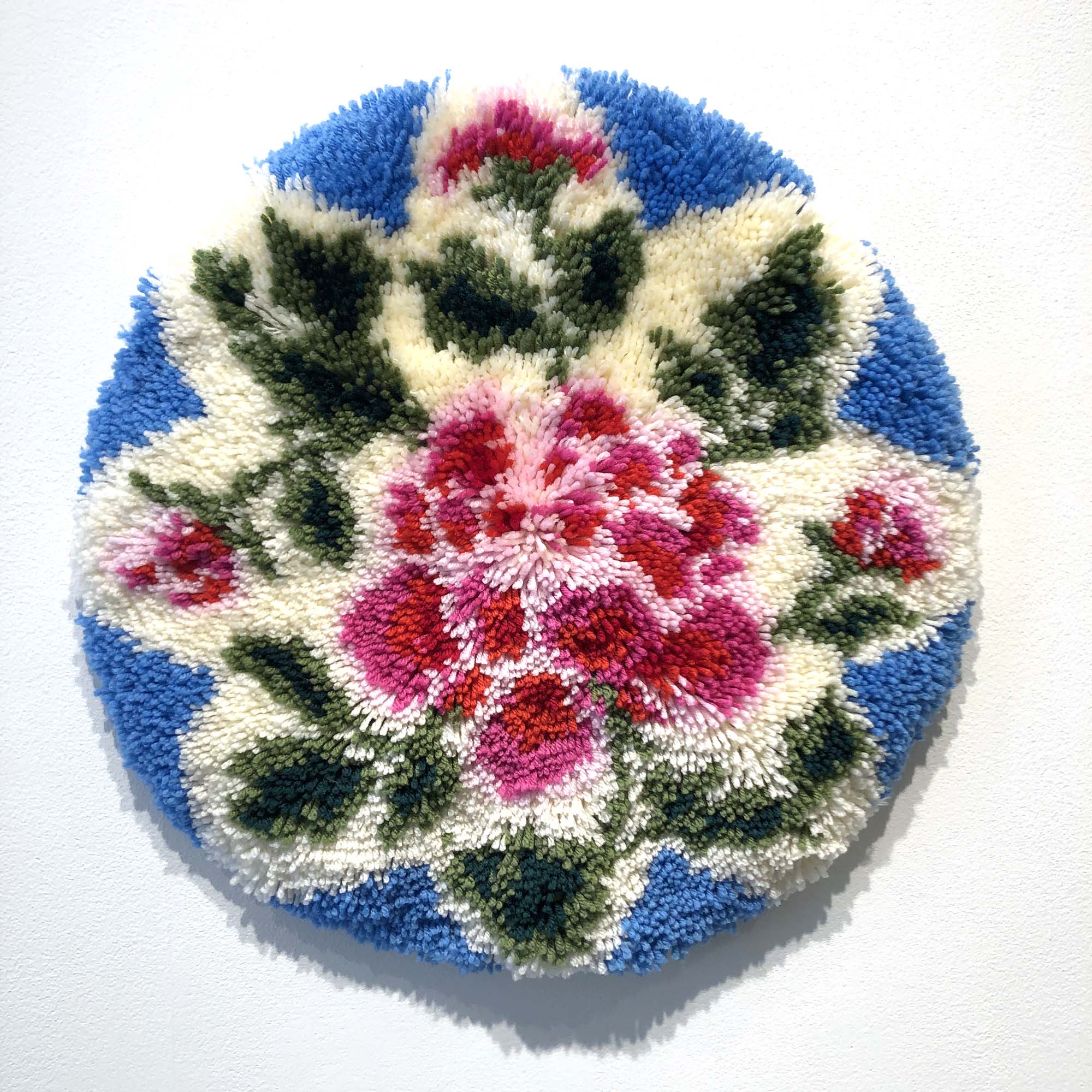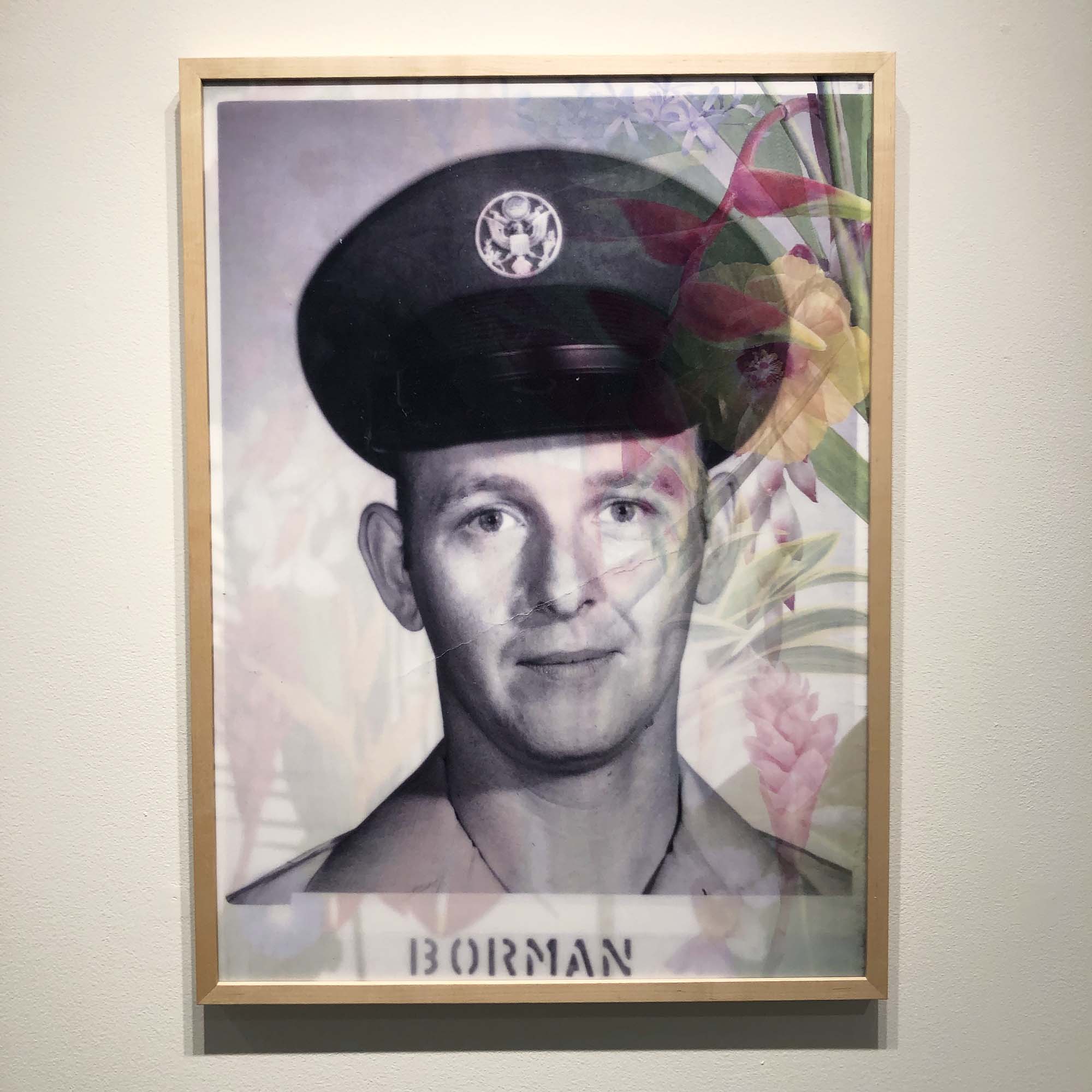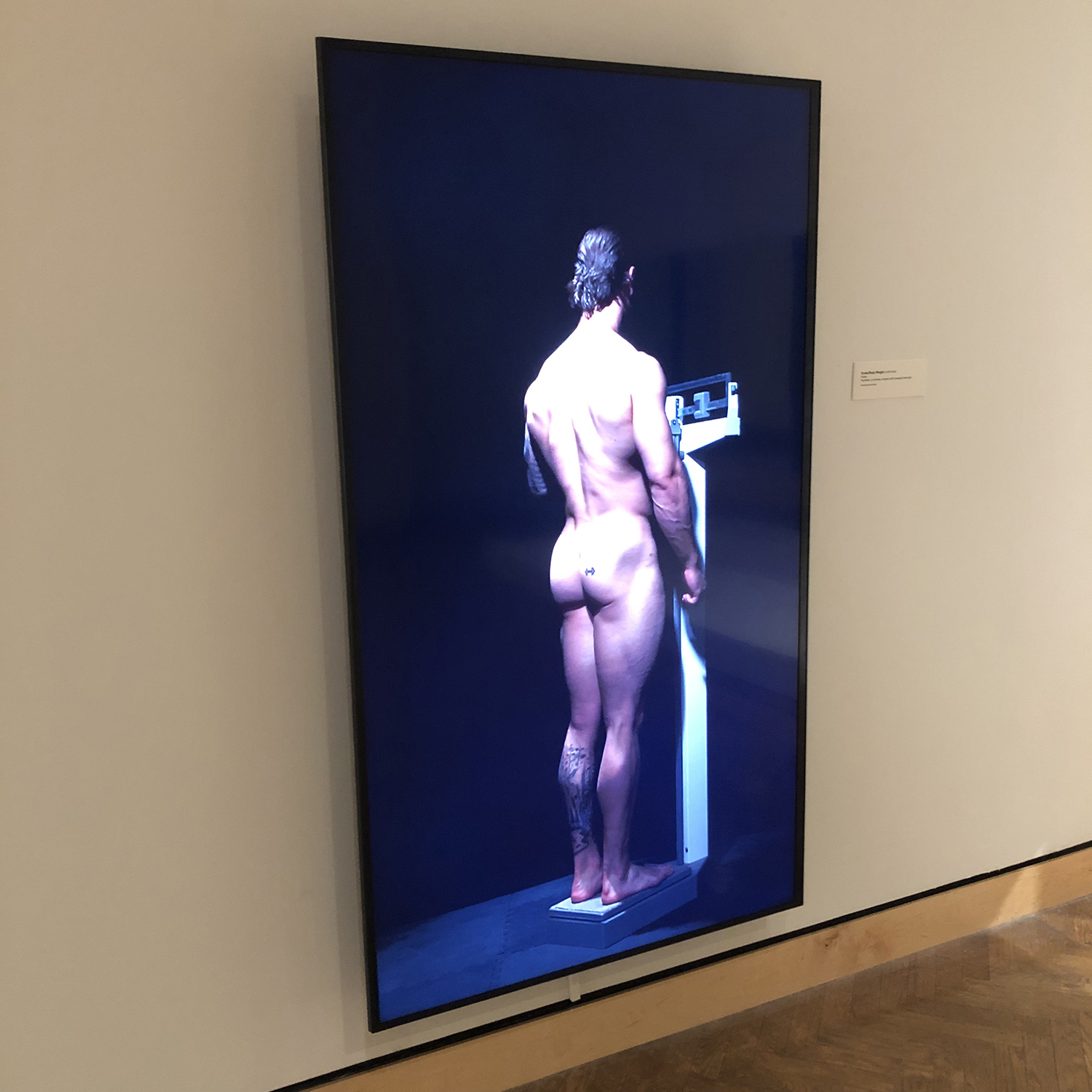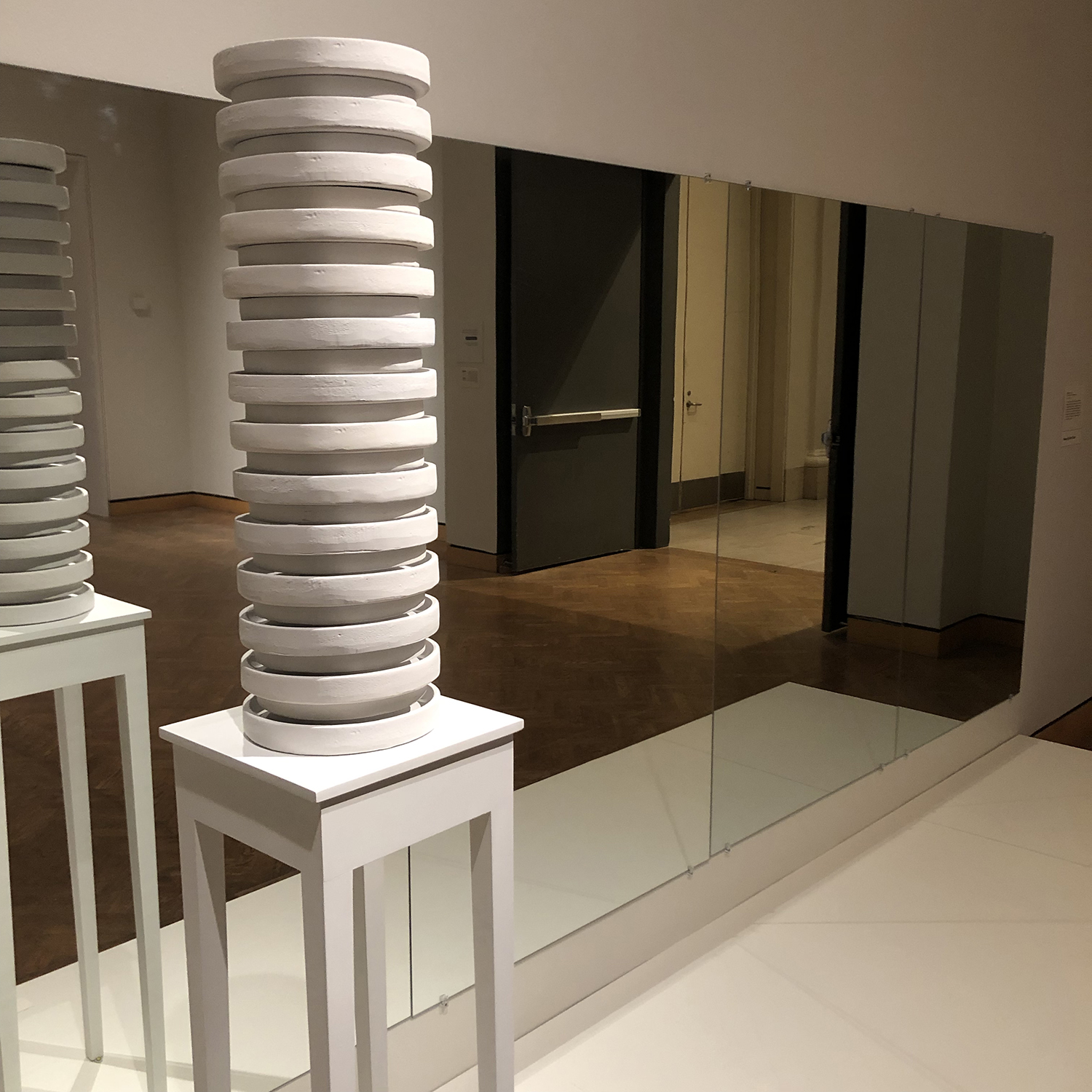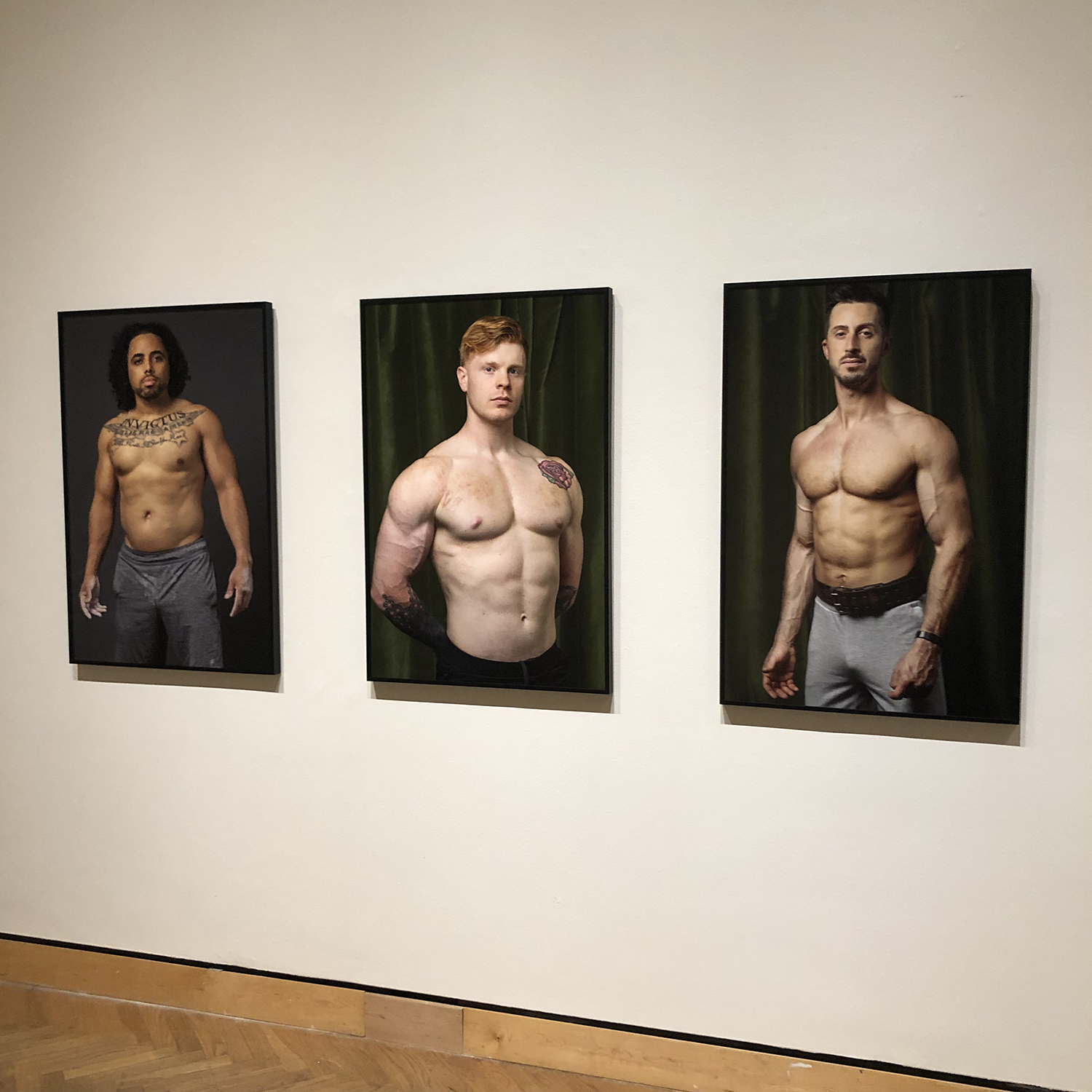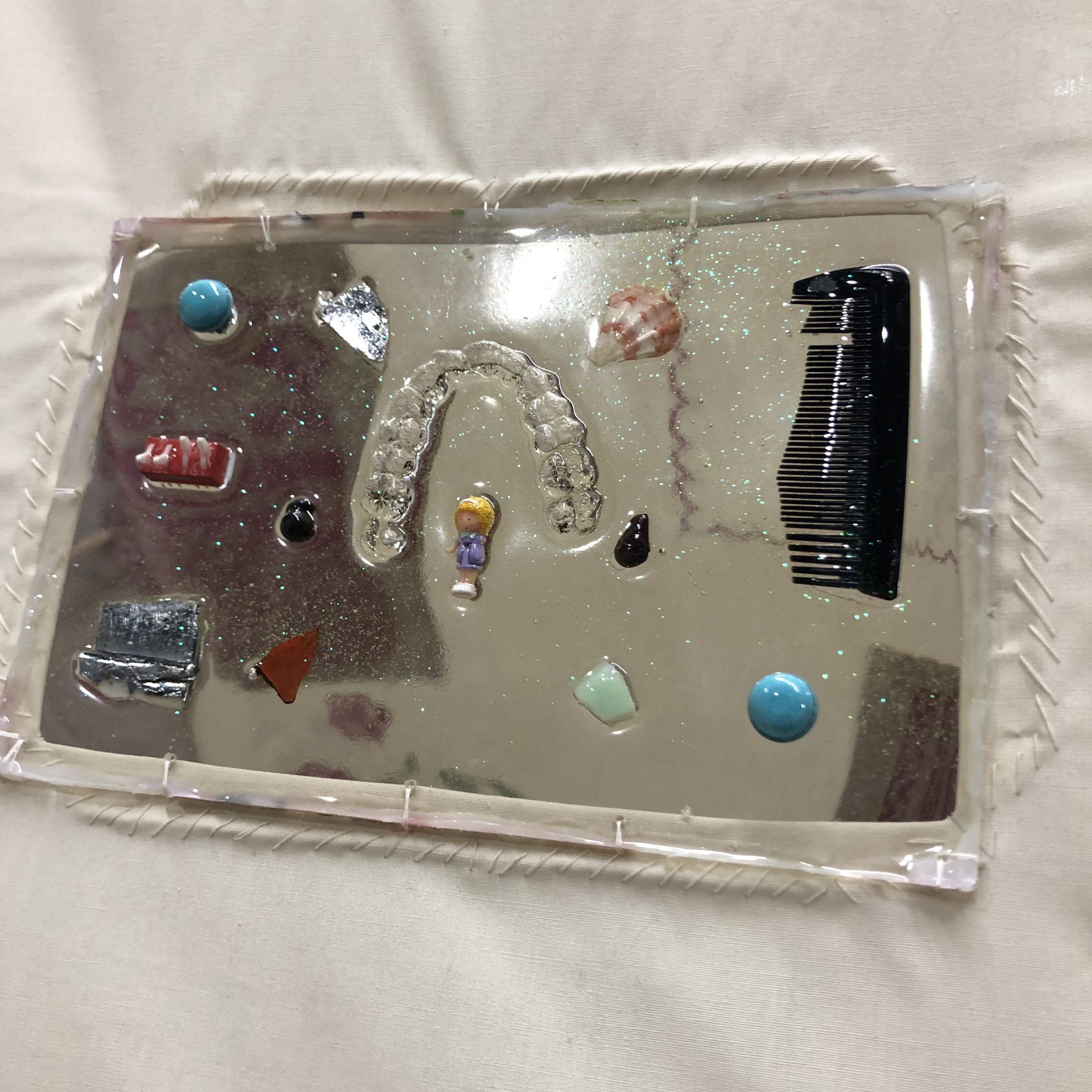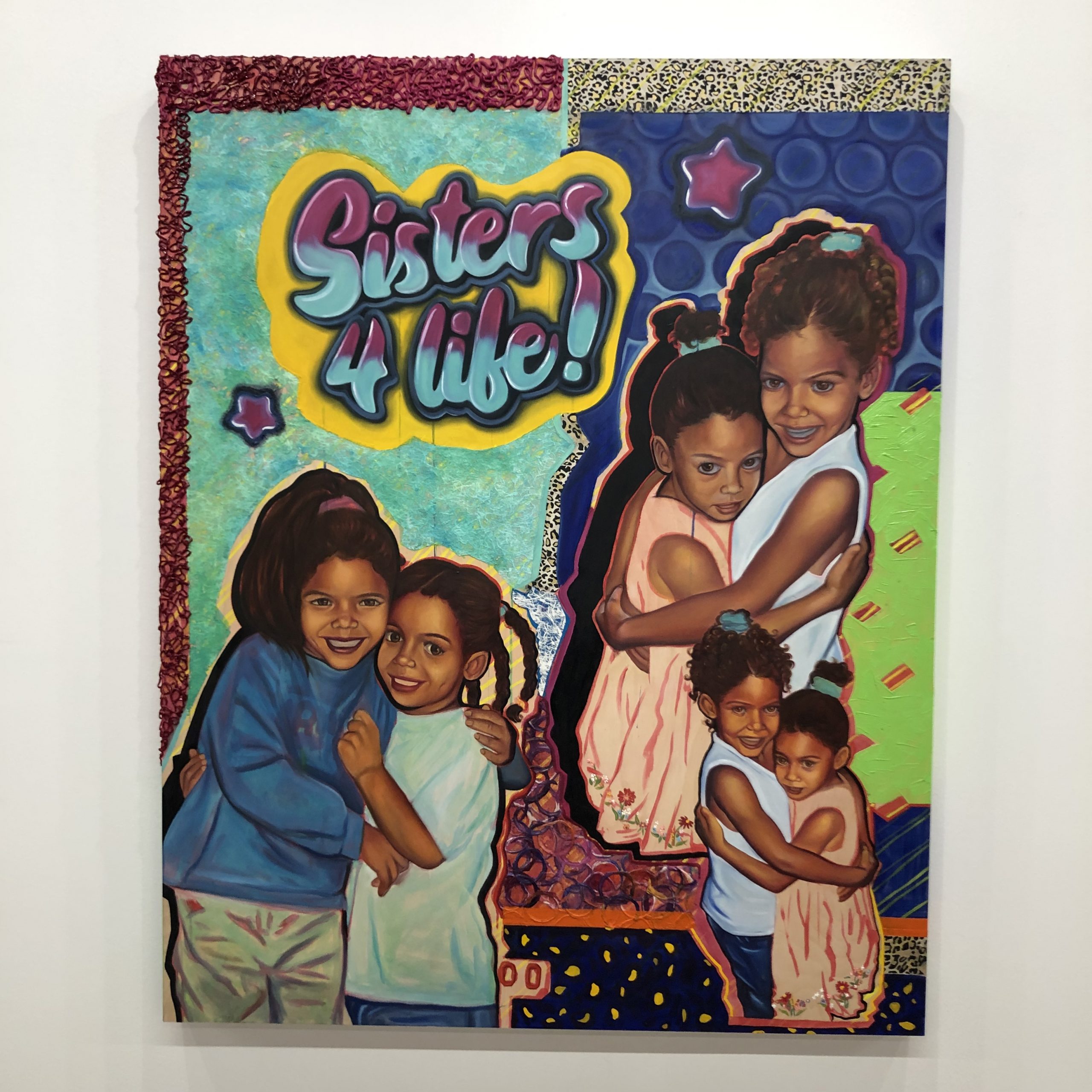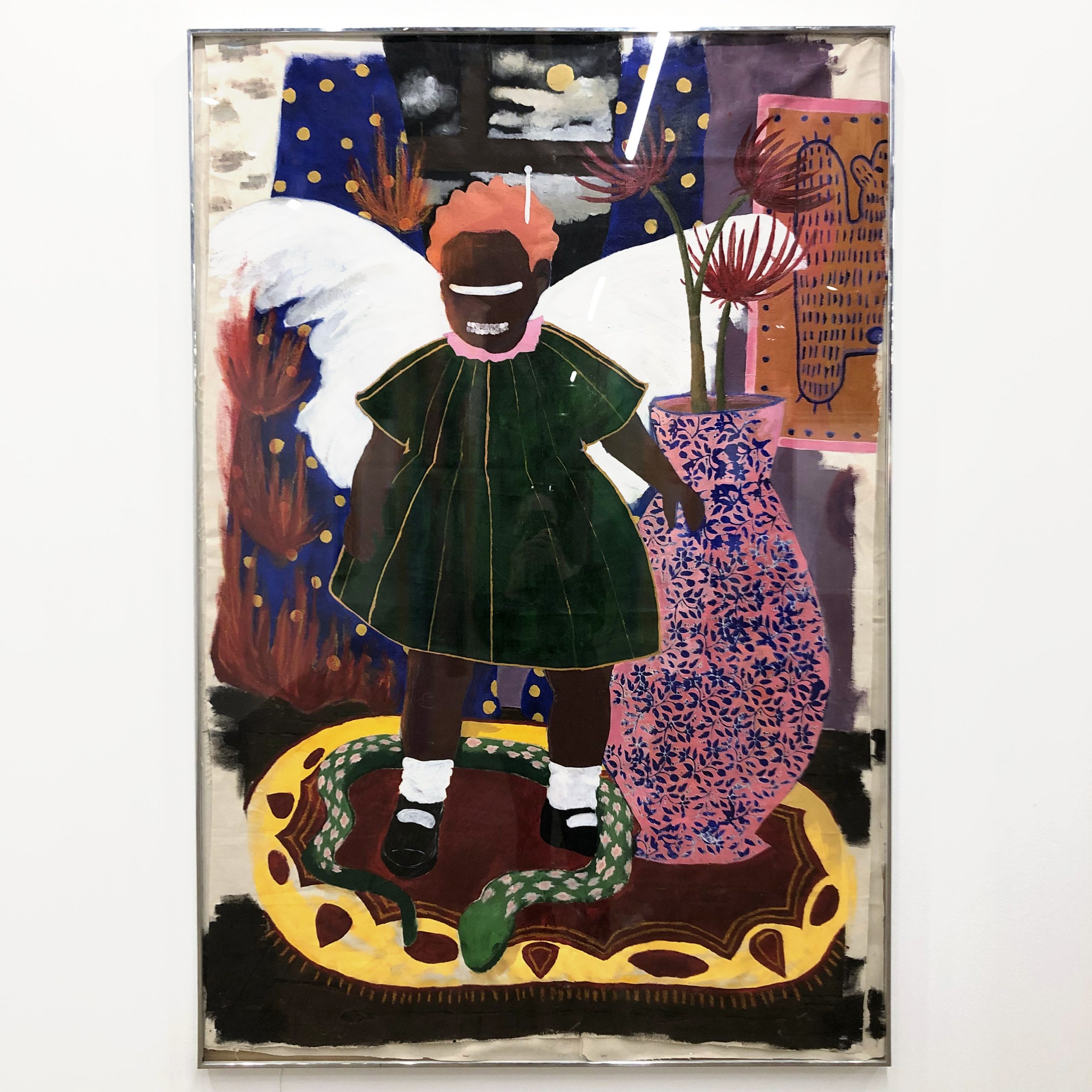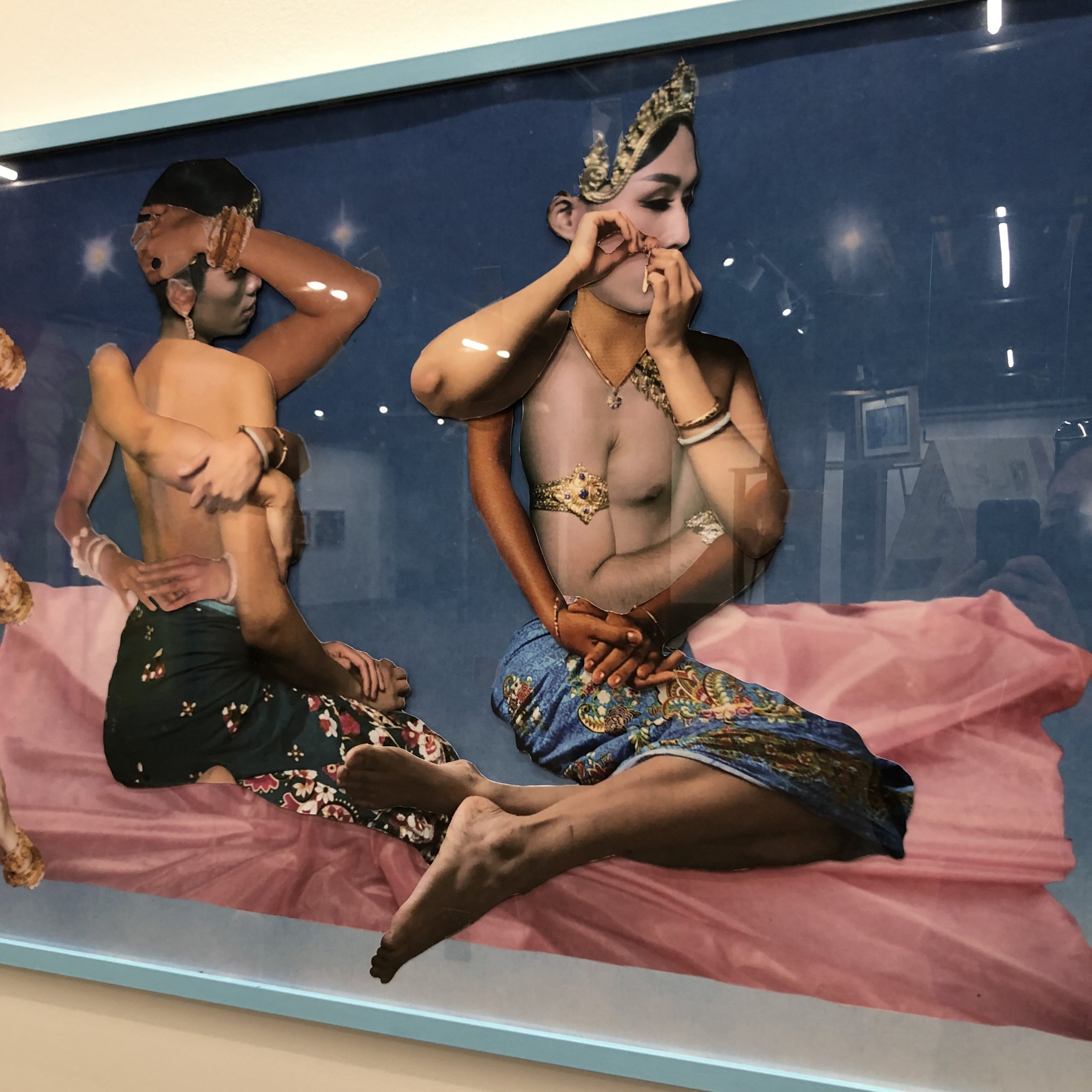This reflection is also available as a zine.
At the opening reception for Less is Enough by Zoe Cinel at Second Shift Studio, I spent some time reflecting on the following works. This exhibition is on view May 17-June 12, 2023 at 1128 Payne Ave, St Paul, MN 55106.

Zoe Cinel, “Nature Mora Series” (2022) Epson banner prints, 58×32″ each
Cinel asks viewers to slow down, look closely, and think deeply about “chronic illness, care, and softness from an individual and communal point of view” (via written material at exhibition). The photos above feature dying bouquets of flowers with various prescription medicine bottles wedged among the stems. The images piqued my curiosity with small clues as to who these belong to (Cinel) and what they might be for (some of the medicine names are visible), while leaving space for broad interpretations to illness generally.

Zoe Cinel, “Natura Morta with Prednisone” (2022) Epson banner print, 58″x32″ [detail]

Zoe Cinel, “Rest with Me” (2023) repurposed hospital mattresses, donated fabric and pillow stuffing, cyanotype prints; variable dimensions
Another piece that drew me in for deeper contemplation (so far in that I neglected to get a full shot of the installation!) was Rest with Me (details pictured here). These stuffed supports reminded me of a cross between a bean-bag chair and a body pillow with arms, which truly does invite softness, lounging, and reflection. The arms are covered in cyanotype patches with written reflections from past discussions on care. The position and placement of this installation invites full-body participation and rest.

Zoe Cinel, “Heating Pads” (2022-23) repurposed clothes, rice; dimensions variable
Nearby is Heating Pads, which is strategically placed near a shelf of books for participants to peruse. These heating pads repeat the soft hand forms from Rest with Me and are pictured here. The materials hold sentimental significance to Cinel, but also are an excellent textural choice due to the soft linear details of the corduroy, which invite touching.

Zoe Cinel, “Self-portrait with Flare” (2023), monitor, video, tulle fabric, pillow stuffing, plastic, yarn, velvet, glitter glue, two mannequin arms, chain; dimensions variable
There was an additional video installation, Self-portrait with Flare, which featured a video screen, florescent lights, and sculptural elements. To me, the full transformation of the space of this installation, so different from the rest of the gallery, echoed the moment Cinel found out she was diagnosed with RA (Rheumatoid Arthritis). The shock of color, the towering structure, and the imagery on screen all stops the viewer in their tracks.
Overall, I was struck by the care and vulnerability of this exhibition, and welcomed the invitation to rest, reflect, and pace myself.
Disclosure: I know Zoe Cinel both as an alum of the MCAD MFA program, and as a participant in her “Conversations About Care” discussion group in November 2022.
